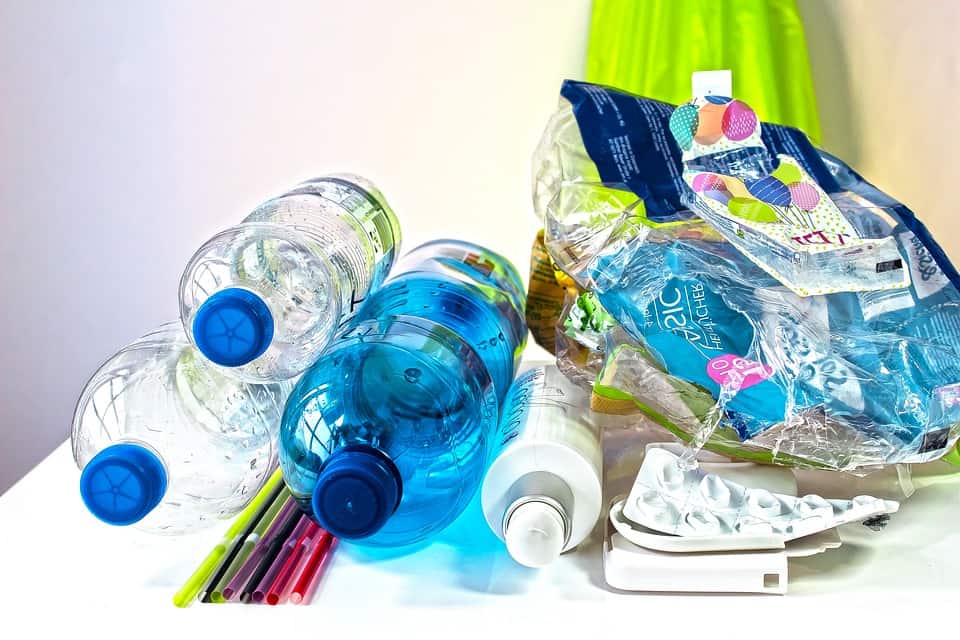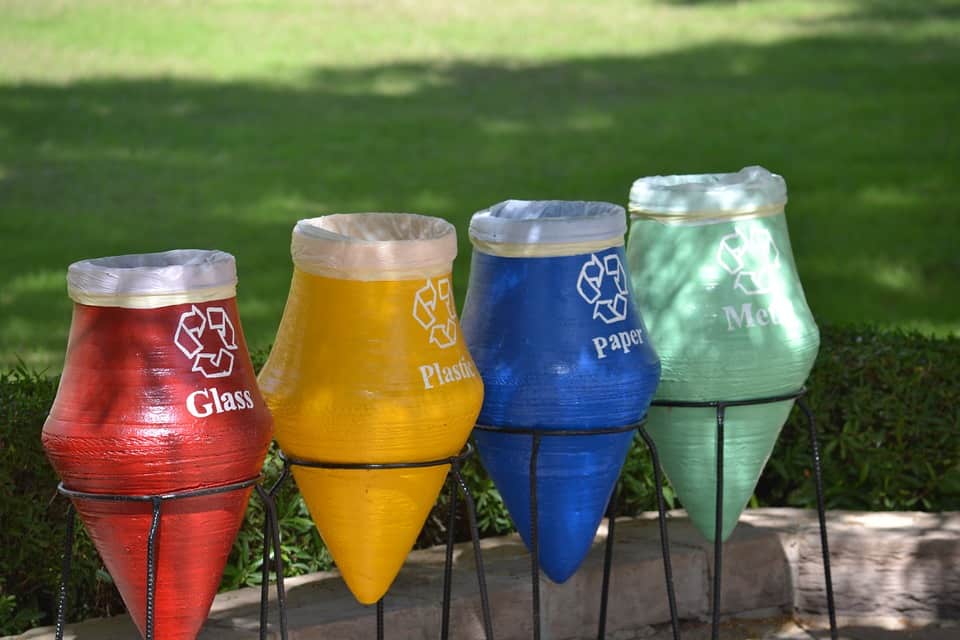The plastic packaging in the UK which can be recycled has increased by more than 2000% since 2001. The industry works hard to improve recycling methods, along with collection and sorting the materials. Only 26% of plastic used in the UK ends up in the landfill, and in 2016, 45% of plastic packaging, around 1,015,000 tonnes, was recycled.

The UK is ranked 10th of 30 EU countries in its plastic recycling, 7th for packaging recycling overall and 2nd for commercial packaging recycling. For households around the country, what plastic items can be recycled depends on the local authority, but there has been an increase in plastic which can be recycled.
Packaging Plastics That Can Be Recycled
There are several types of plastic, with the exact one often printed onto the product, so you know whether it is a material that can be recycled. At Kempner, the shrink wrap film we use for packaging, is polyethylene, which can be recycled. Below are common plastics used in the UK, and we have named if they are recyclable or not.
- Polyethylene (PET) is one of the most common, and PET bottles, such as those used for soft drinks, are collected by the majority of UK councils.
- High density polyethylene (HDPE) is used for milk bottles and shampoo and cleaning products and are collected by 92% of councils, being recycled into garden furniture and pipes.
- Polyvinyl chloride (PVC) is used for window frames, toys and drainage pipes, but for packaging, it is in decline. It is not generally collected from households.
- Low density polyethylene (LDPE) is used to make carrier bags, some bottles and containers, can yokes and lining. It is not commonly collected from households, but some supermarkets and businesses may collect it for recycling on a larger scale.
- Polypropylene (PP) is a plastic used for soup pots and margarine tubs and most bottle tops. Mixed recycling has increased in recent years, so you can put PP items in recycling, depending on council collection.
- Polystyrene (PS) packaging is used to make yoghurt pots and take away cups, and is not collected from households.
Tips on Recycling Plastic
As tempting as it is to toss anything that can be recycled straight into the box, there are a few things a consumer can do to make it easier for recycling plants and workers. Emptying, washing and squashing containers and replacing the lids on bottles can help. Consumers should also remove any of the plastic film as this goes into general waste. Numbers and symbols inside an arrow on plastic items inform consumers what type of plastic it is; if you are unsure, check before you recycle.
Plastic bags, cereal bags, bread bags and plastic wrap from toilet or kitchen roll can’t go into household recycling, but can be recycled at collection points in supermarkets. Finding out ones local to you which do this can help consumers reduce even more plastic waste. For the electrical items, plastic furniture and toys, they may be recycled at the local recycling centre.

Improving Recycling
Though the UK is one of the leading countries when it comes to recycling, there is still a lot of room for improvement. Kerbside collections needs to be consistent, and the knowledge about what items can be recycled also needs to expand. Many think the polymer film wrap on their goods just goes straight in the bin, but a little extra education means they know they can recycle instead.
The UK has also made moves to begin a Deposit Return Scheme, something other European countries do, such as Germany and Norway. This scheme, focussing on plastic bottles, allows buyers to return the bottle to a bank and get some money back on the plastic.
The Waste Hierarchy
The UK government has a waste hierarchy in place, which helps determine the preferred method of waste management. The most desirable is prevention, where plastic packaging is lighter, which uses less raw materials. The next is reuse; plastics which can be reused over and over, such as re-usable bags, shows responsibility from retail companies. Next is recycling, which is constantly improving, and means plastic materials can be made into something else which is long lasting. The least desirable is disposal, and just over a quarter of all plastic in the UK ends up in landfill.
Biodegradable Plastics
An option for disposing of plastic, along with recycling and reuse is biodegradable polymers. Biodegradable plastics are designed to break down in heat, light and moisture into the ground. While this is hugely beneficial for the environment, in practice it doesn’t always work. The broken down plastic can become micro-plastic particles, which is hugely damaging to wildlife, and the right conditions are also needed. Biodegradable plastics which end up on landfill are unlikely to get the right conditions to properly breakdown, taking decades to do so.

Both manufacturers and consumers can make changes to plastic packaging recycling; even a small difference can have a huge impact. Why not take a look at some of our previous blogs for more information on the plastic packaging we have and the role we play in the industry.


